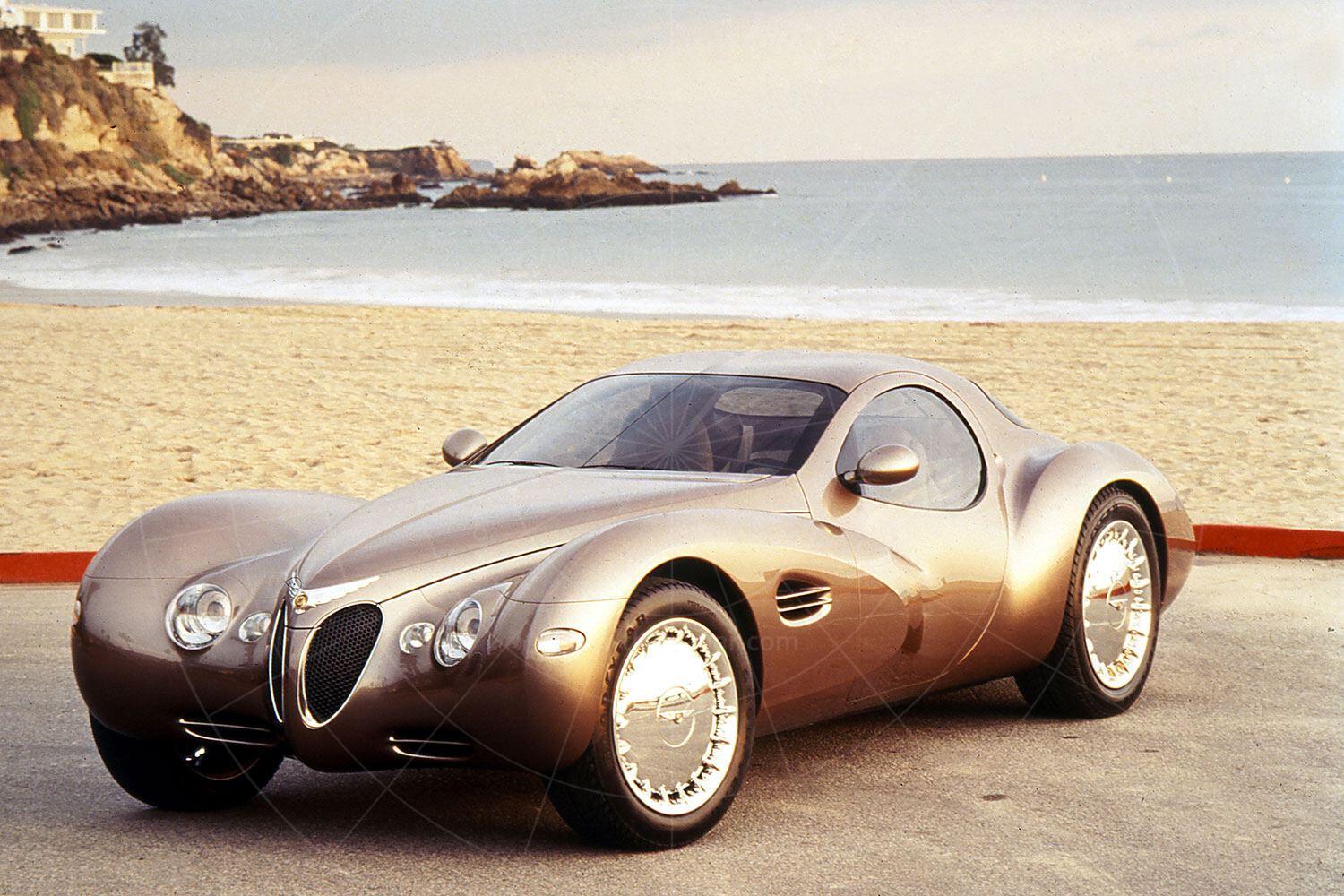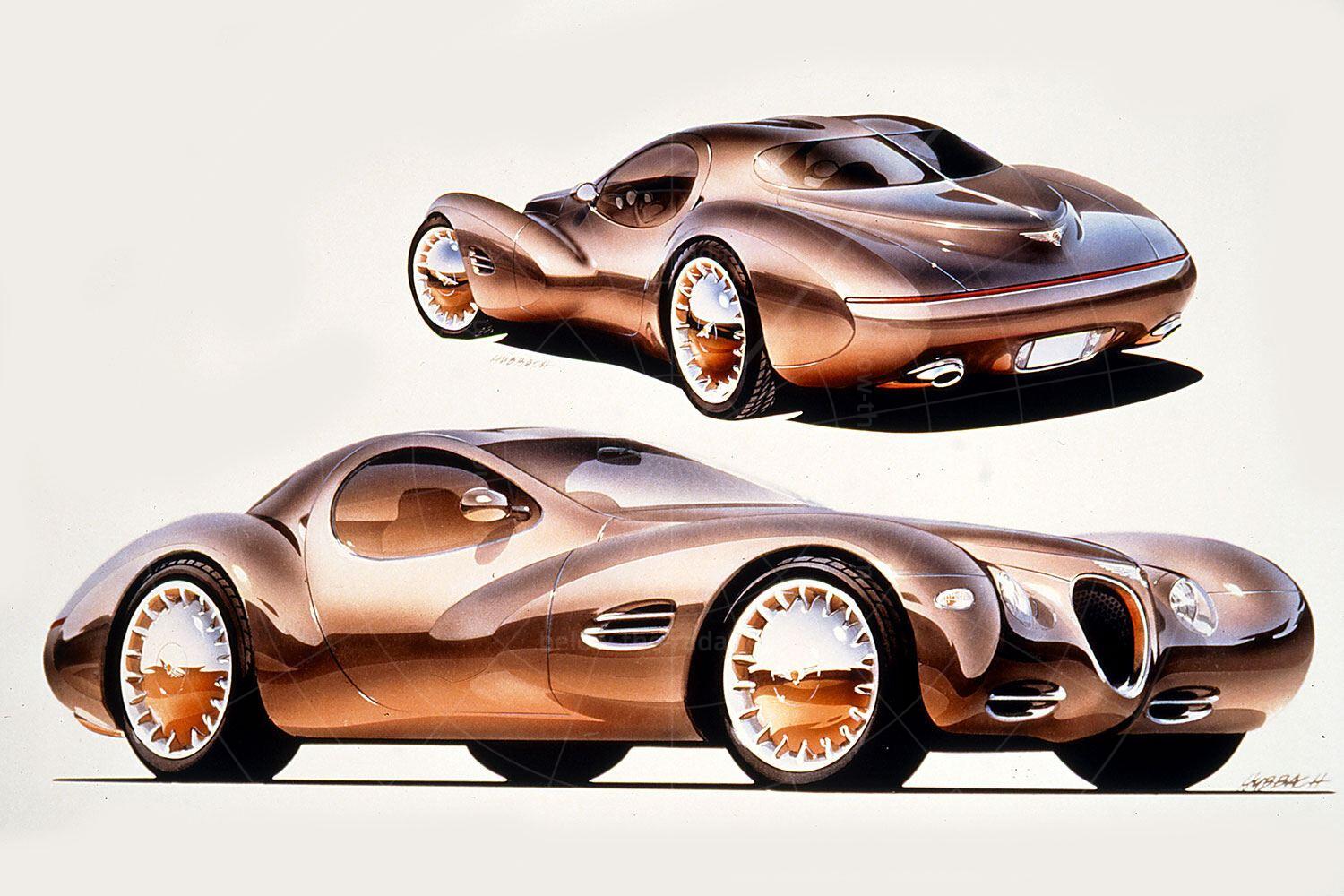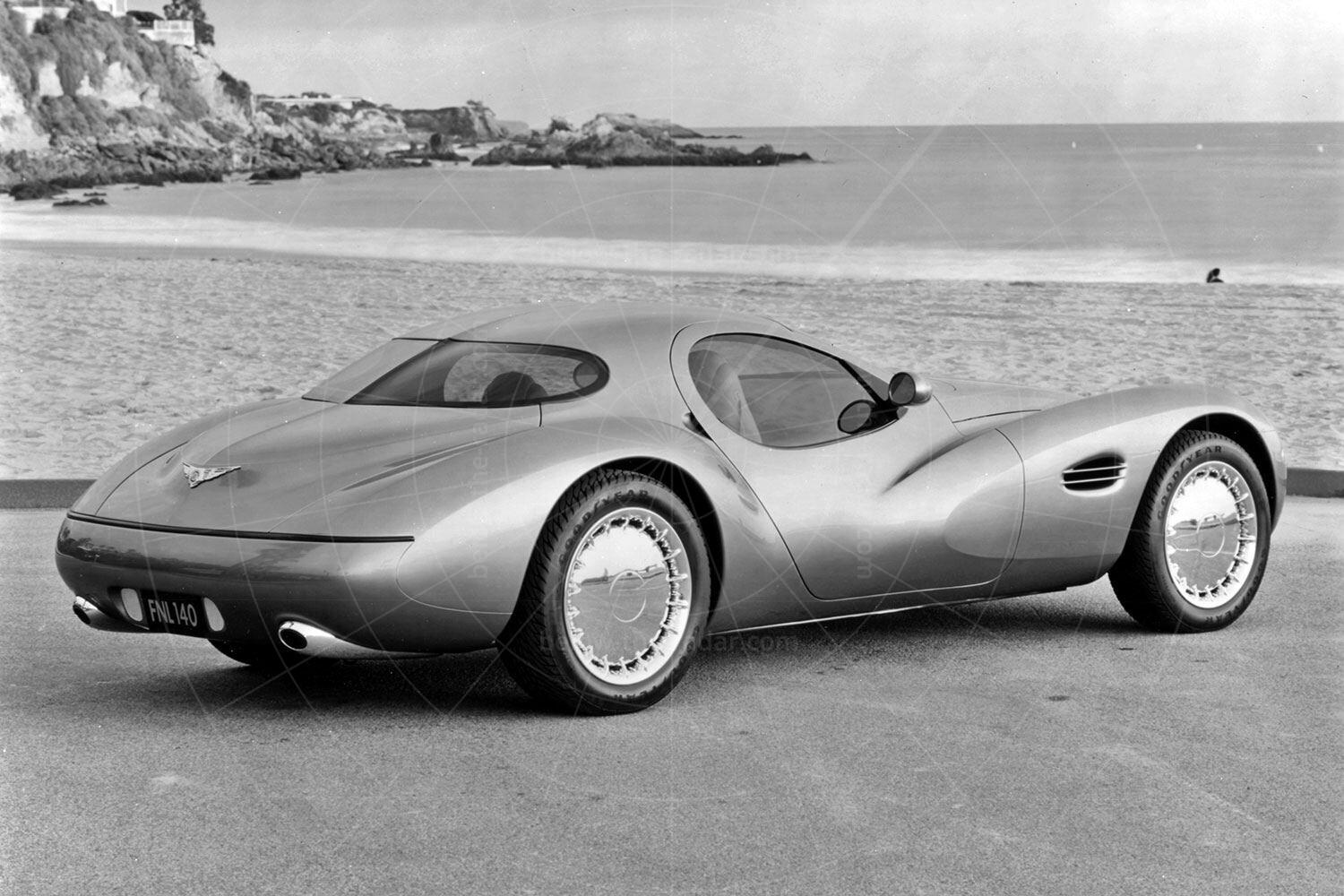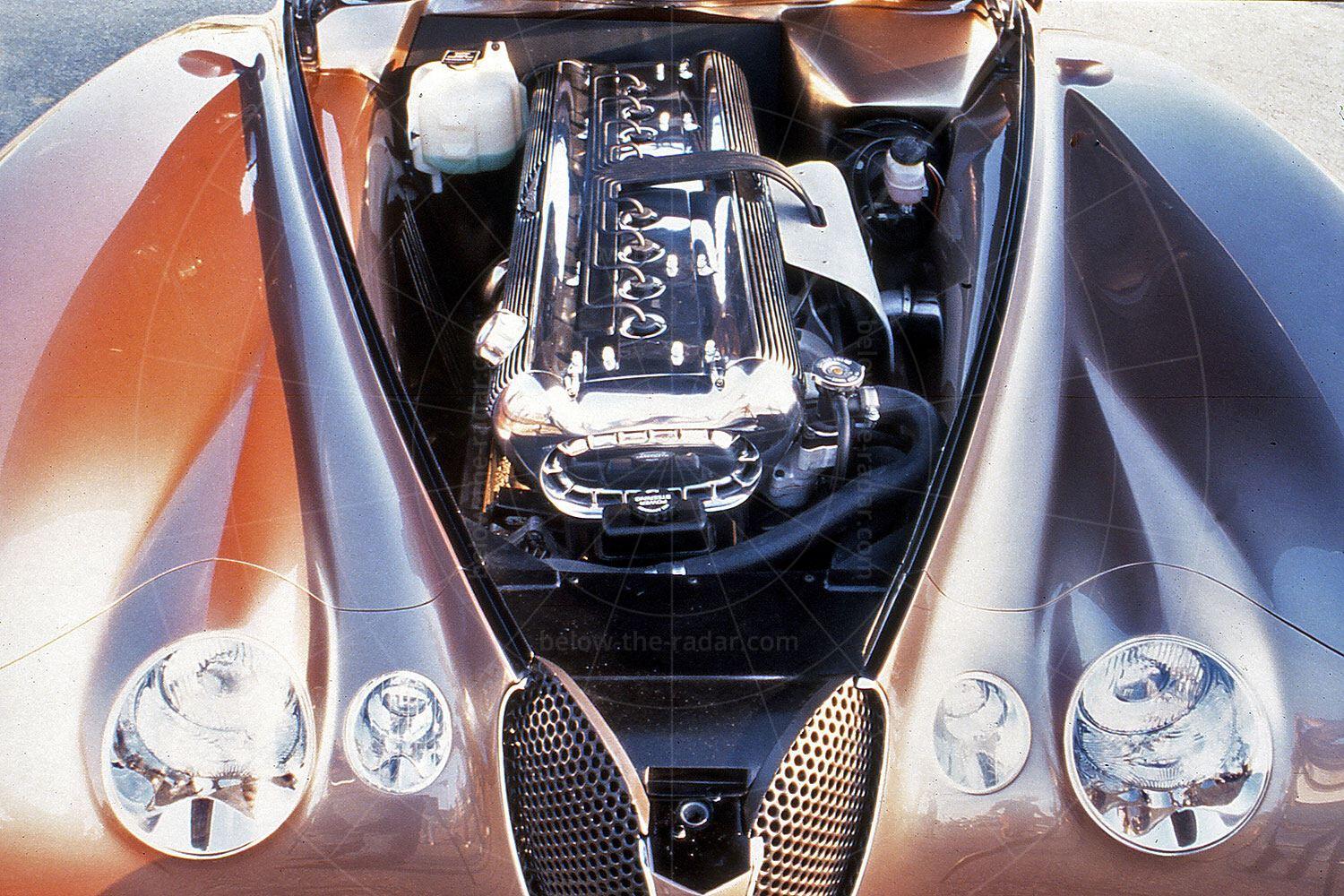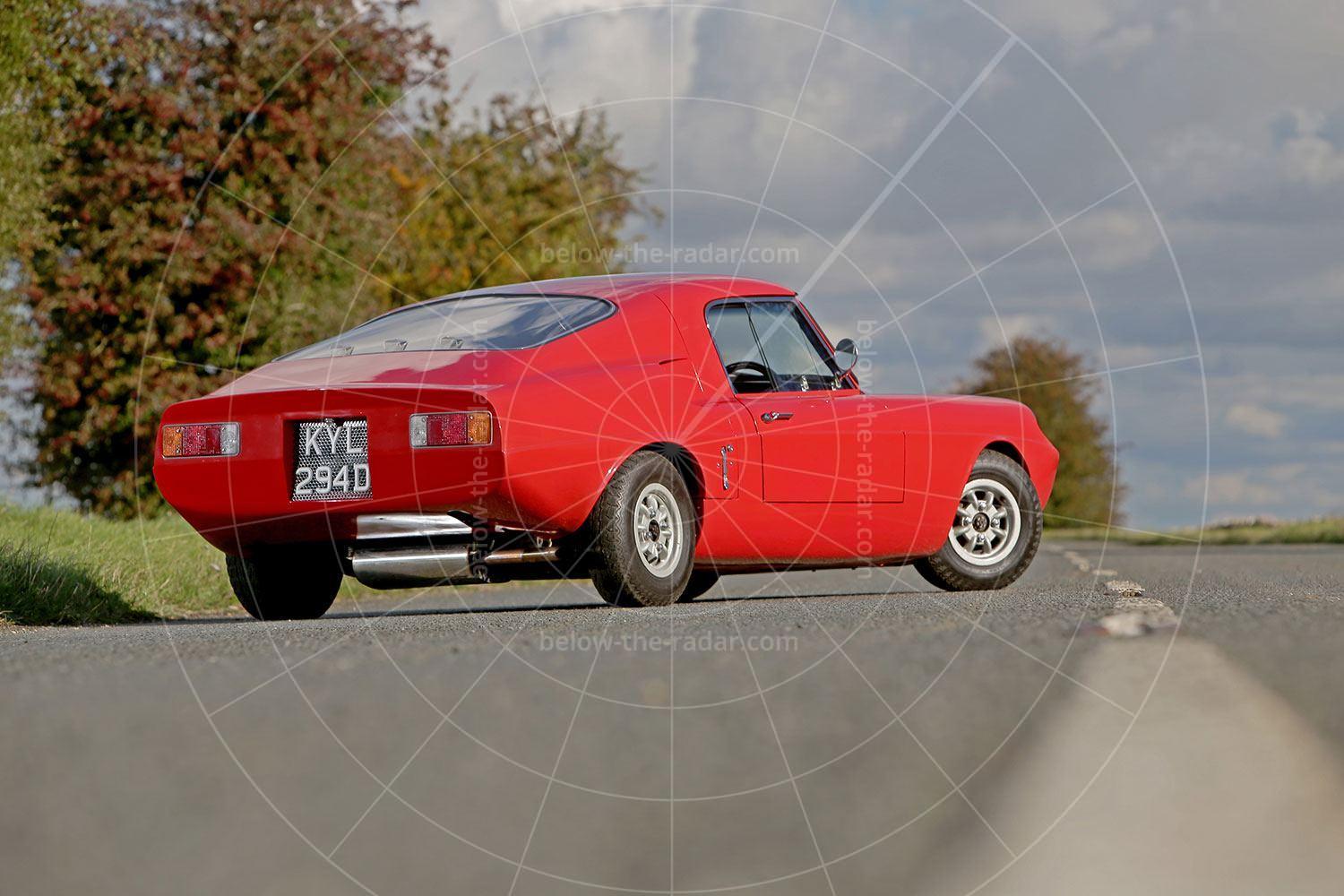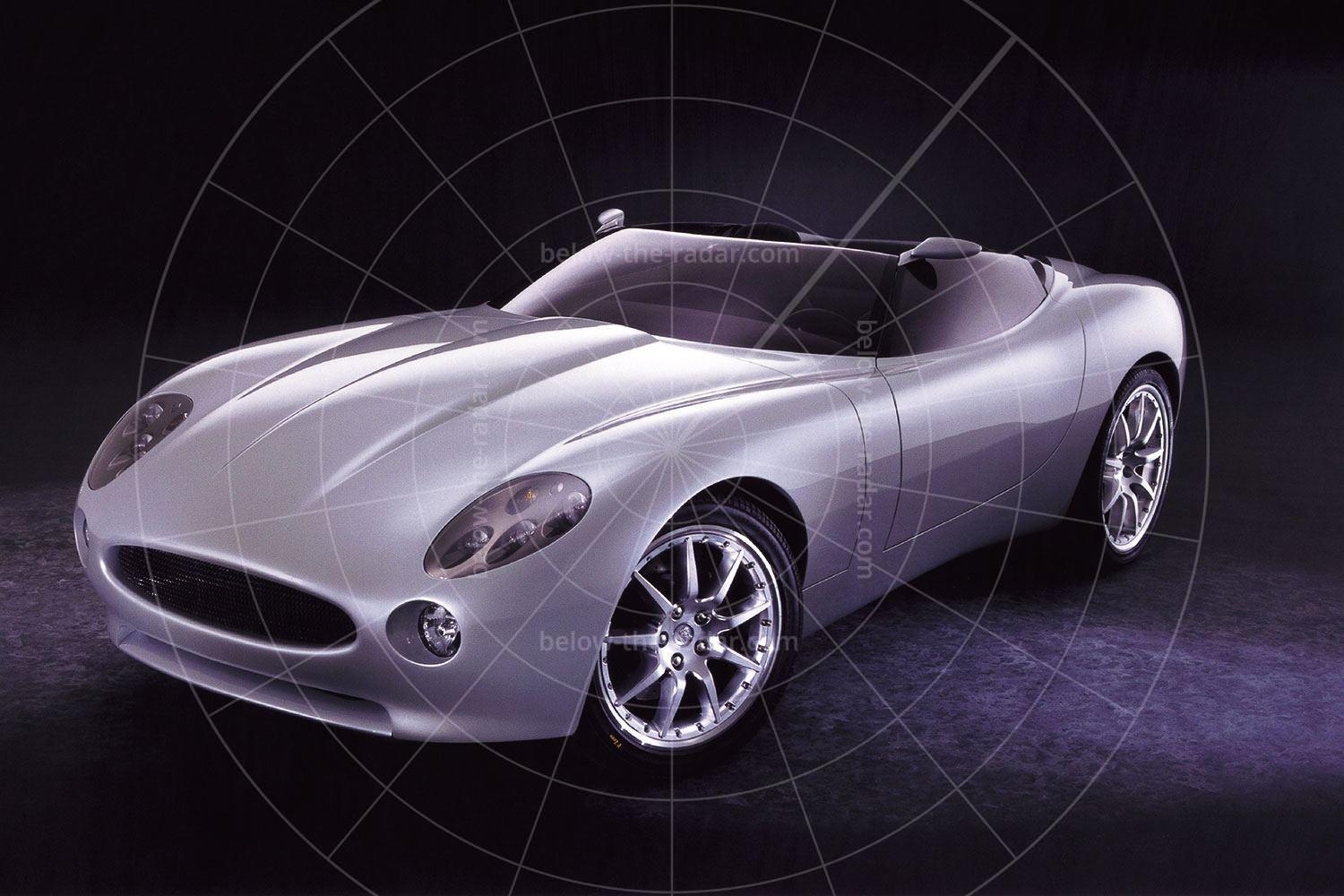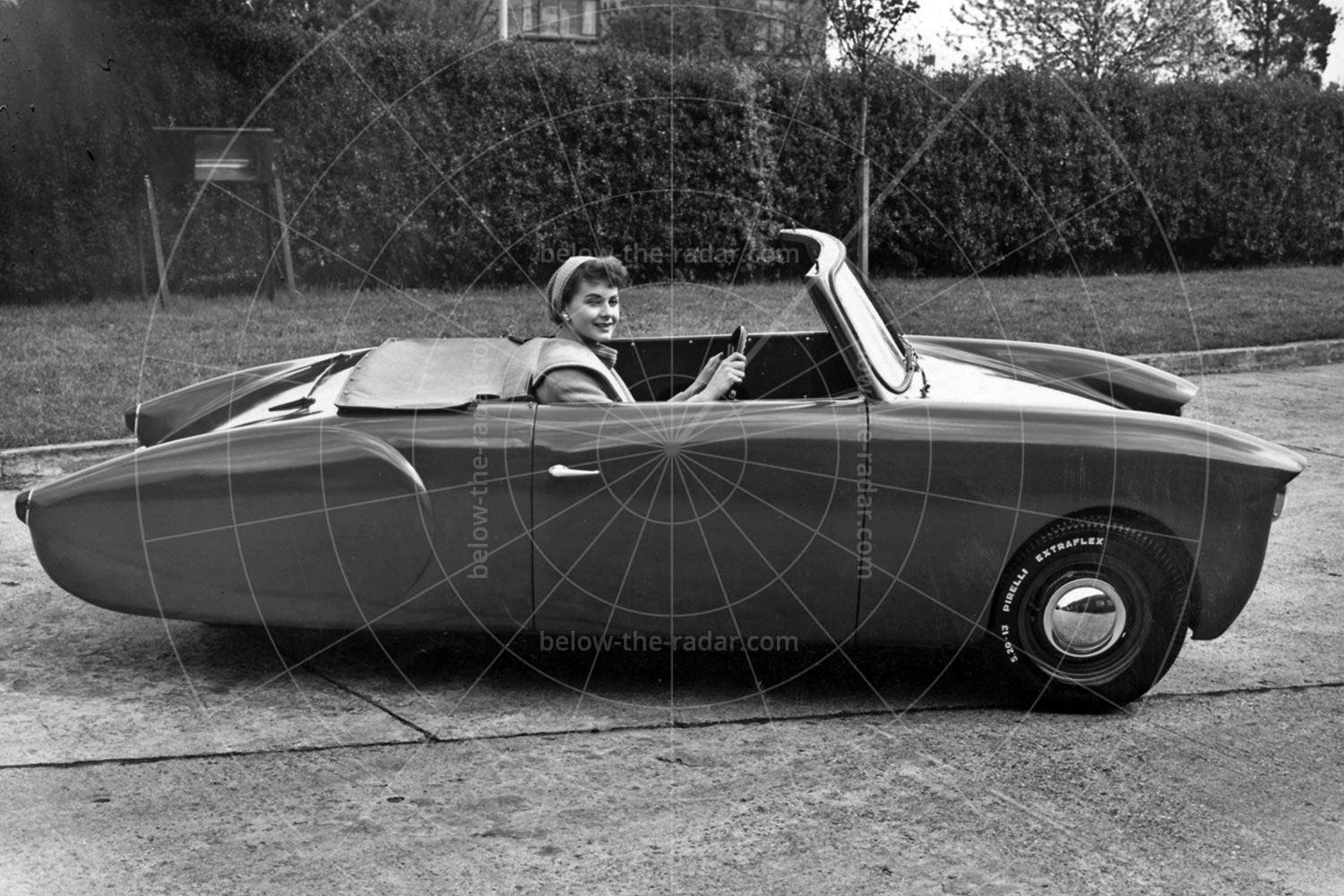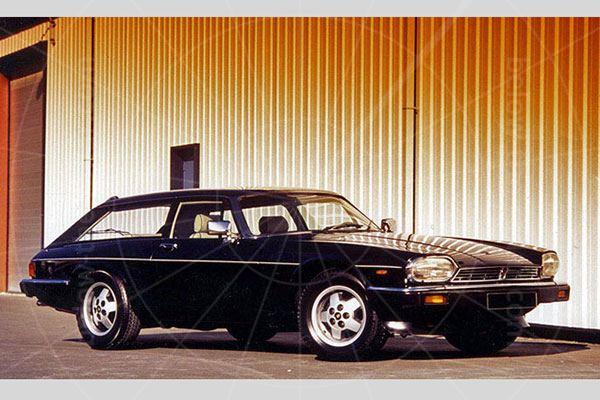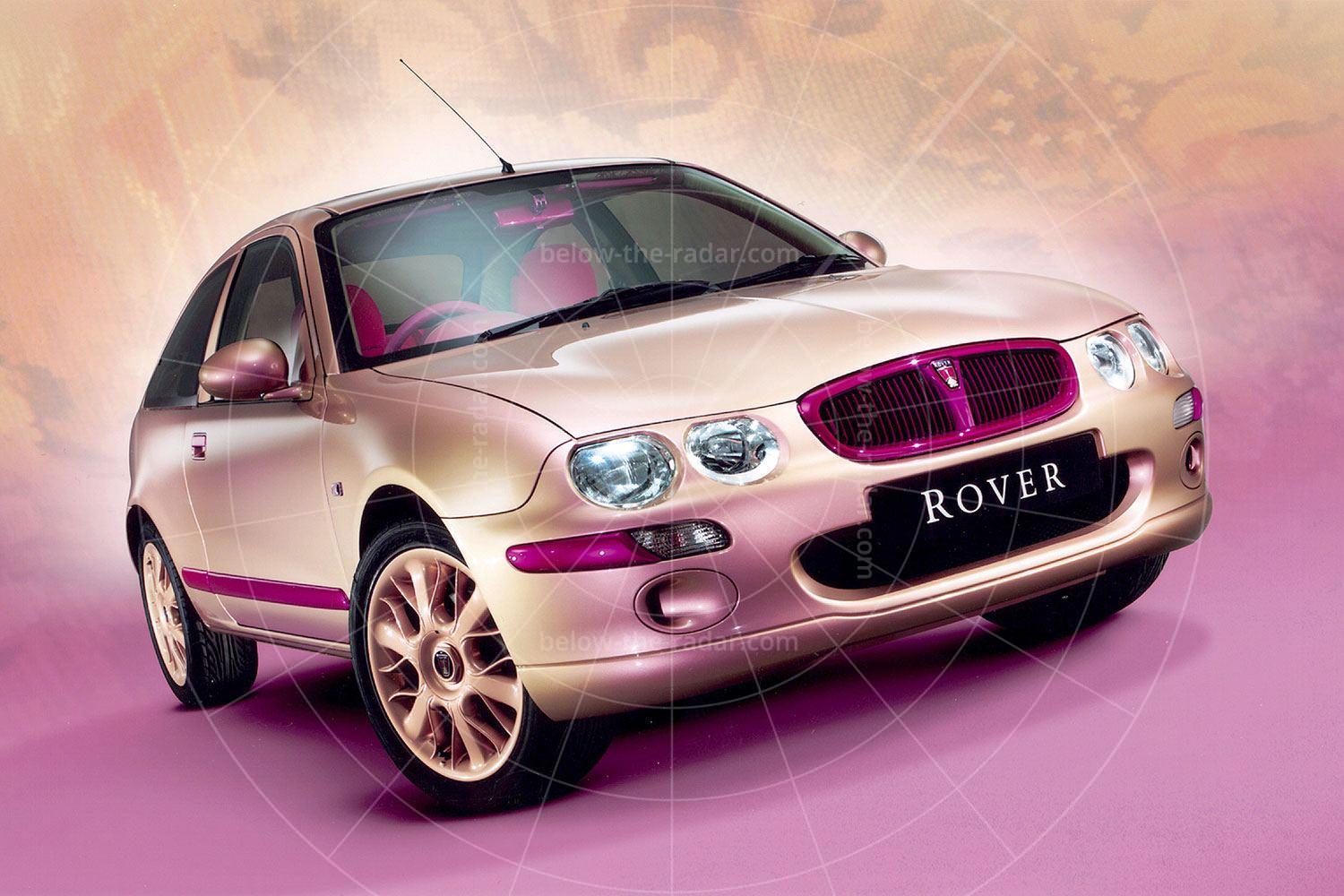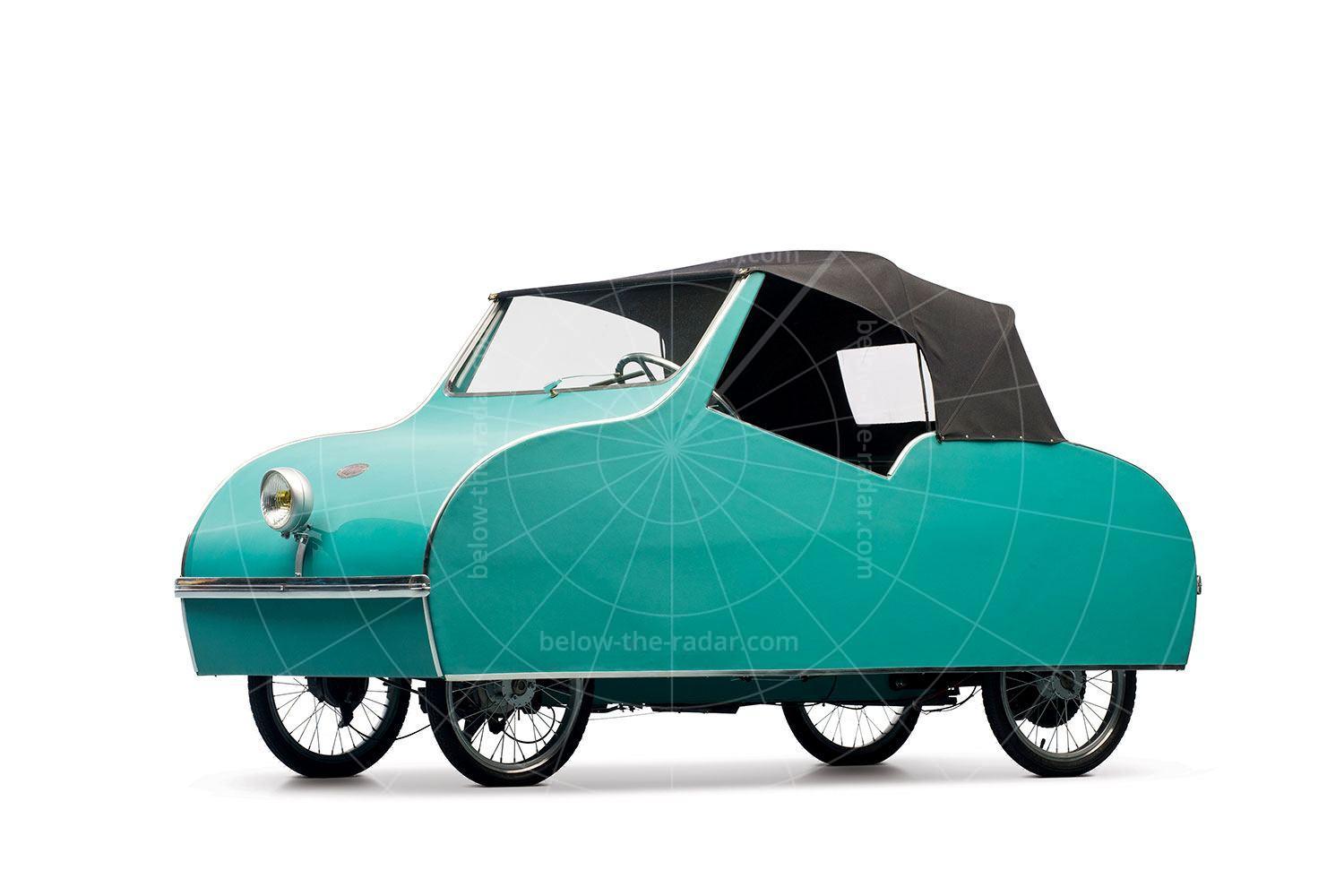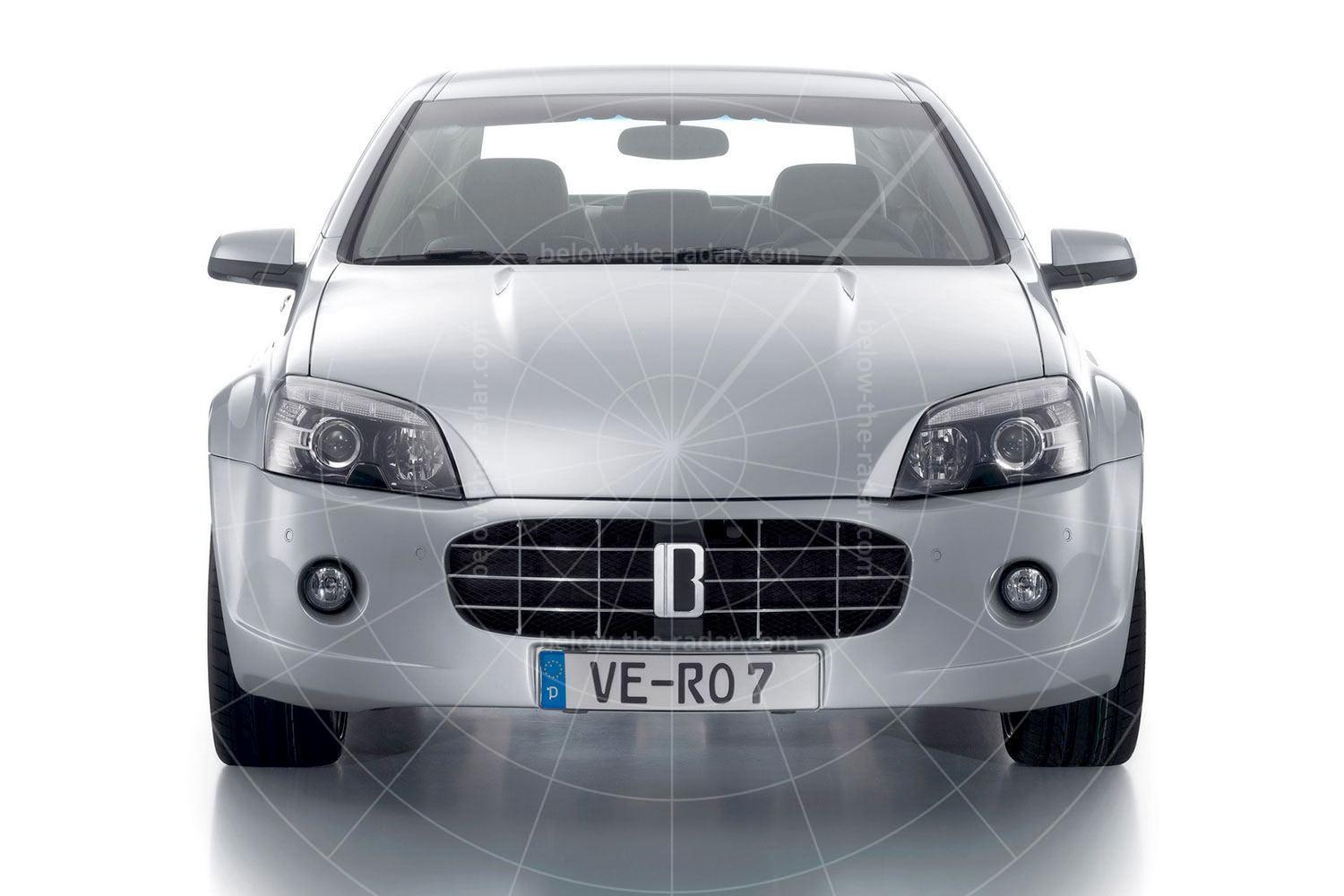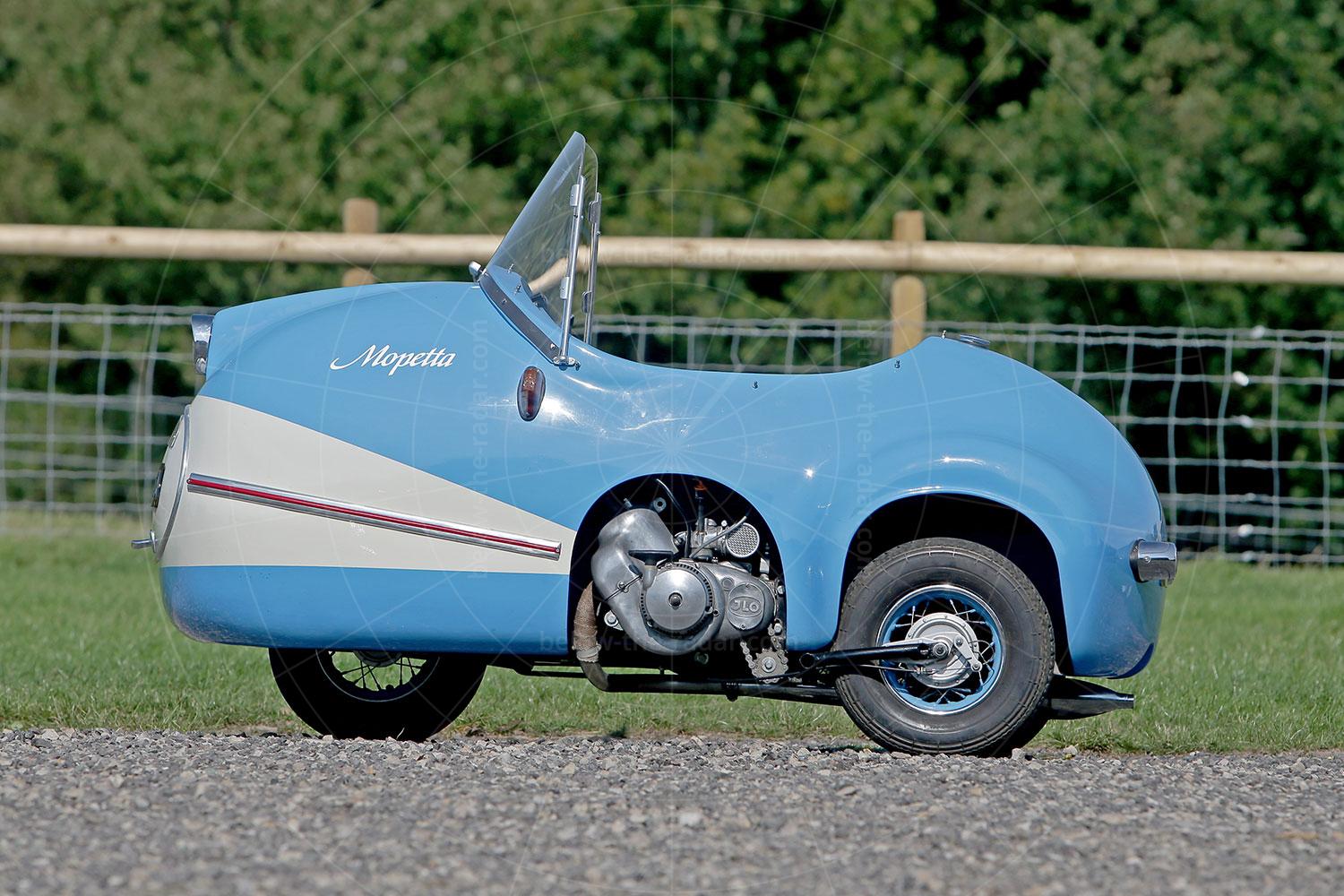Arguably one of the best-looking concept cars ever devised at the point that it was unveiled, Chrysler’s Atlantic had just the right mix of drama and realism to make it look as though it should be attainable – but only just. Its mass of swoops and curves meant that from every angle there was something to tease the eye, and it had just the right mix of retro and modern to look convincing without looking like a pastiche. Never mind the fact that the car must rate as one of the most poorly packaged and least practical cars ever; concepts don’t have to focus on such things.
Because the Atlantic was never intended to be put into production, it didn’t matter that it was so madly impractical, although the fact that it was built in steel did suggest that Chrysler had perhaps thought about limited production. The company had even gone so far as to see if the Viper’s V10 engine would fit under that long, curvaceous bonnet. When you think that other loony Chrysler concepts such as the Viper and Prowler made it into production, perhaps the Atlantic would have looked quite restrained in comparison, but although it turned out that the Viper’s 8.0-litre V10 would fit, sadly the concept was still destined to become nothing more than a museum piece.
The Atlantic was inspired by (and took its name from) the Bugatti Type 57S Atlantic of the 1930s. That’s despite the fact that Chrysler had no connection with Bugatti, which at that time had made a failed attempt at a comeback with its EB110 supercar. The Bugatti Atlantic had lines similar to those of Chrysler's 1995 concept, and by creating a much smoother look than Bugatti’s original, the Chrysler concept was guaranteed to wow showgoers at that year’s Detroit motor show.
It wasn’t just the outside of the Atlantic that looked amazing though, as the interior featured just as many curves, even if it did look rather more understated. Wood trim would have been the obvious route to take, which is why it wasn’t chosen. Instead the centre console featured a woven texture much like carbonfibre, while the seats and doors were trimmed in cream leather. Mimicking the central crease that ran the length of the outside of the car (a direct reference to the earlier Bugatti) was a similar crease along the interior.
As was becoming increasingly common by the 1990s, the Atlantic was a fully functioning concept, although it wasn’t engineered to be production ready, as it was never intended to go on sale. Echoing the French original, the Atlantic concept featured a straight-eight engine with a capacity of four litres. This was achieved by joining a pair of Chrysler Neon 2.0-litre four-cylinder engines, and although it looked the part, its 360bhp wasn’t enough to give the car particularly spritely performance.
When John McCormick drove the Atlantic for Autocar in 1995, he wrote: "My growing appreciation for the car is shattered when the four-litre straight-eight is started. Created by joining together two humble Neon two-litre 16-valve fours, the engine sounds suitably potent at idle, but as soon as the revs rise a horrible barking cacophony takes over.
"Engineer Jonathan Rundels is riding next to me and looks a bit sheepish. "I tuned the open exhaust to sound good when it's idling on a show stand, but this is my first chance to hear it at part throttle. I would want to revise it to sound more mellow".
"Rundels says the twin-cam motor has been dyno tested at 360bhp, but you wouldn't know it from the way the car reluctantly gathers speed. Again Rundels has the answer. His brief was to make the Atlantic driveable, but no serious effort was made to calibrate the four-speed rear transaxle (borrowed from a Chrysler LH saloon) to cope with the gearing effect of the outlandish 22-inch wheels.
"Of course, one shouldn't be criticising a concept car's performance; any show car that can be driven at 50mph without disintegrating around you is remarkable enough. But it's just because the Atlantic is so superbly constructed and finished that you expect – quite unfairly – to jump in and drive it like any other car".
The Atlantic was based on a tubular chassis that used suspension and steering from the Viper. Although the car was driveable, it was so under-engineered that the slightest provocation would result in the chassis flexing and the bodyshell twisting. With minimal clearance between the tyres and the bodywork, even the slightest cornering would lead to squealing as rubber made contact with metal. Getting this one ready for the showroom would have required some serious rethinking, but it wasn't beyond the realms of possibility.
Jack Crain led the team responsible for coming up with the Atlantic's incredible shape. At the time he said: "Initially we had no intention of doing anything other than a show car, but when anything gets the reaction that this has, it's looked at. I don't know how seriously, but we would be silly not to take it a step further and make a few more evaluations.
"While the straight-eight engine isn't practical, there are no insurmountable obstacles to productionising the Atlantic's design. The essence of the Viper was held from show car to production and I think the same could be true of the Atlantic. That's part of the point of doing a concept in sheet metal; it tells you that you can do the hemming, the hinging of the doors, that sort of thing. Our designers don't do anything that is ridiculous or totally out of the realms of possibility".
When the Atlantic was unveiled its chances of going into production were helped by the fact that two of its biggest fans were Chrysler's president Bob Lutz and its design chief Tom Gale. They came up with the idea of a retro-styled grand tourer and when the Atlantic was first shown, Lutz commented: "This is what a luxury coupé should look like. Today's luxury coupés, be they American, German or Japanese, are pretenders. They are glorified two-door saloons, totally lacking in impact or drama".
But Bob Gale put paid to any hope of the Atlantic reaching showrooms when he countered with: "The Atlantic redefines the two-door coupé as an art form. You probably can't find a period in history like the late 30s with a stronger statement of incredibly elegant, romantic, image-leading coupés. But the two-door market as we used to know it has gone because today's saloons can do everything that the coupé used to do. They're sporty and aggressive, and you don't need a two-door to express yourself any more. And that's too bad because we're losing an automotive art form – a statement that makes people say now that's a coupé!"
| Vital statistics | |
|---|---|
| Debut | Detroit 1995 |
| Designer | Bob Hubbach |
| Engine | Front-mounted, 4.0 litres, 8-cylinder |
| Transmission | 4-speed auto, rear-wheel drive |
| Power | 360bhp |

